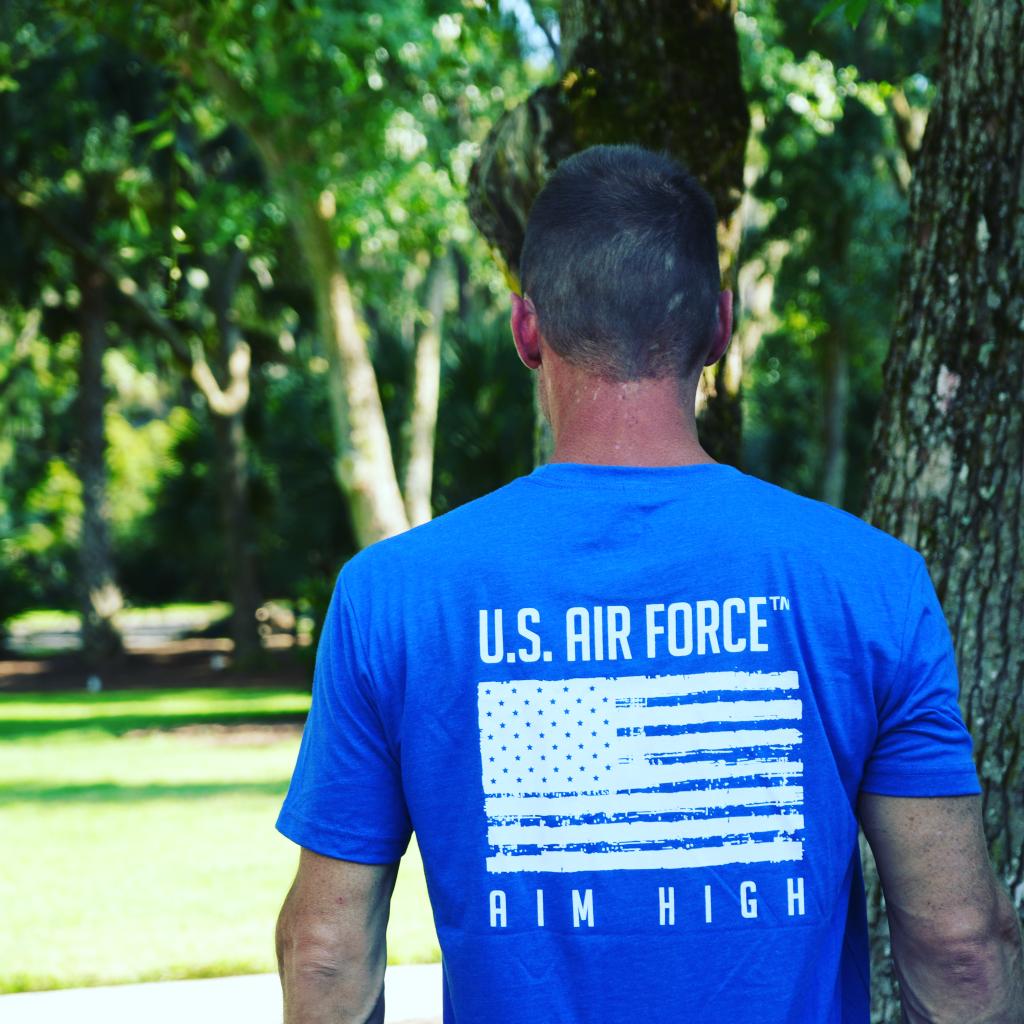When someone joins the U.S. military, one of the first questions families ask is:
“What’s the difference between Active Duty, the Reserves, and the National Guard?”
The terms sound similar — but they represent very different commitments, lifestyles, training paths, and deployment cycles.
This guide breaks everything down clearly for all five branches: Army, Army National Guard, Army Reserve, Air Force, Air National Guard, Air Force Reserve, Navy Reserve, Marine Corps Reserve, and Coast Guard Reserve.
Whether your loved one is preparing for boot camp or you’re trying to understand what comes next, this guide explains everything families need to know.
The Three Paths of U.S. Military Service
There are three main categories of military service:
1. Active Duty
Full-time military service
2. Reserve
Part-time service, federal mission
3. National Guard
Part-time service, dual state + federal mission
All three serve essential roles, but their day-to-day lives look very different.
Let’s break down exactly how each works.
1. Active Duty — Full-Time Military Service
Active Duty members serve full-time, similar to a full-time civilian job — but with a military schedule, housing options, deployments, and worldwide assignment possibilities.
What Active Duty Means
- The military is their full-time job
- They receive full benefits
- They can be stationed anywhere in the world
- They PCS (move duty stations) every few years
- They can deploy overseas
- They follow the full operational tempo of their branch
Active Duty Training Pipeline
Active Duty follows:
Boot Camp → Job Training (MOS/A-School/Tech School) → First Duty Station
Branches using Active Duty:
- Army
- Navy
- Air Force
- Marine Corps
- Coast Guard
- Space Force
Active Duty is the most predictable for families because schedules follow the needs of each installation.
2. The Reserve — Part-Time Federal Service
The Reserves are part-time military members who support the federal mission of their branch.
They are called up by the President, not by state governors.
What Reserve Service Looks Like
- “One weekend a month, two weeks a year”
- Service members typically have a civilian career or attend school
- They train at a nearby Reserve center
- They use the same MOS/AFSC/Rating as Active Duty
- They can be mobilized for federal missions (deployments, operations, emergencies)
- Great educational benefits depending on branch
Which Branches Have Reserve Components?
- Army Reserve
- Navy Reserve
- Air Force Reserve
- Marine Corps Reserve
- Coast Guard Reserve
When Reserves Get Activated
Reservists can be called up for:
- overseas deployments
- humanitarian missions
- natural disasters (federal-level)
- support rotations
- shortages in specific specialties
Reserve activations still require the employer to hold their civilian job under USERRA protections.
3. The National Guard — Part-Time, State + Federal Service
The National Guard is unique because it serves two missions:
State Mission — Called by the Governor
- natural disasters
- storms
- wildfires
- civil emergencies
- infrastructure support
- search & rescue
Federal Mission — Called by the President
- overseas deployments
- national emergencies
- federal operations
The National Guard Includes:
- Army National Guard (ARNG)
- Air National Guard (ANG)
These components are highly respected because they balance civilian life, state responsibilities, and federal readiness.
What National Guard Life Looks Like
- Part-time service (weekend/month + two weeks/year)
- State-focused lifestyle
- Deployments vary by unit
- Benefits differ slightly from Active Duty
- Strong community identity
- Many families live close to their Guard unit
The Guard often supports local communities more than any other branch component.
Training Differences by Component
No matter which path your loved one chooses:
- Boot camp is the same
- MOS/AFSC/Rating training is the same
- Standards are the same
The difference is what happens after training.
Active Duty
- Assigned to a full-time duty station
- Moves every few years
- Follows worldwide operational tempo
Reserve
- Returns home
- Drills monthly
- Civilian career + military life
- Can mobilize when needed
National Guard
- Returns home
- Drills monthly
- State & federal mission
- Can be activated by governor or president
All three paths serve the country with equal commitment and professionalism.
Which Path Deploys More?
It varies by unit, but general trends:
Active Duty
- Most likely to deploy regularly
- Highest operational tempo
Reserve
- Deploys for specific missions or shortages
- May mobilize as entire units or individuals
National Guard
- Deploys similarly to Reserves for federal missions
- Also activated for state emergencies (unique to the Guard)
In many recent conflicts, Guard + Reserve units deployed alongside Active Duty.
Benefits Overview (Simplified)
Active Duty
- Full pay + housing (BAH)
- Full medical
- PCS moves
- Commissary & base access
- Education benefits
- Full retirement options
Reserve
- Drill pay
- Education benefits (varies by branch)
- Tricare Reserve Select (health)
- Retirement after 20 “good years”
- Federal activation benefits
National Guard
- Drill pay
- State education benefits (huge advantage in many states)
- Federal education benefits
- Tricare Reserve Select
- Retirement after 20 “good years”
- Dual mission benefits
Frequently Asked Questions
Is the National Guard part of the Army?
The Army National Guard is — the Air National Guard is part of the Air Force.
Do Reservists go to boot camp?
Yes — same boot camp as Active Duty.
Can Guard or Reserve deploy?
Yes — both can deploy federally. The Guard can also activate for state emergencies.
Which path has the most stable schedule for families?
Generally the Guard and Reserve.
Which path has the best benefits?
Active Duty has the most comprehensive package, but states often offer excellent Guard benefits.
Final Thoughts for Families
Every path — Active Duty, Reserve, or National Guard — serves a different mission but carries the same pride and sacrifice.
If your loved one chose any of these routes, their commitment is extraordinary, and your support makes a tremendous difference in their success.




